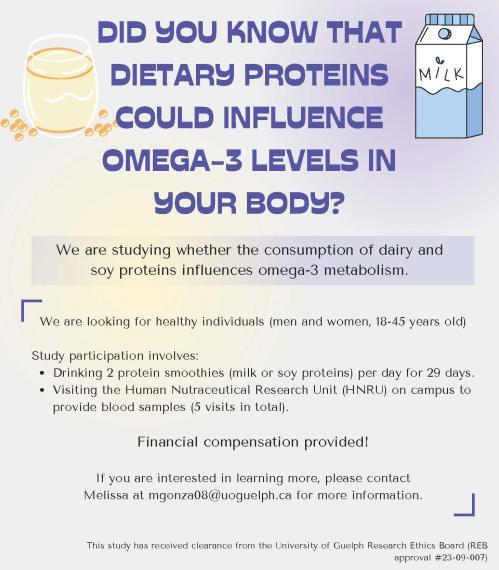
Participants needed for protein smoothie study
Please contact Melissa Gonzalez Soto for more information about the study, at mgonza08@uoguelph.ca.

Please contact Melissa Gonzalez Soto for more information about the study, at mgonza08@uoguelph.ca.
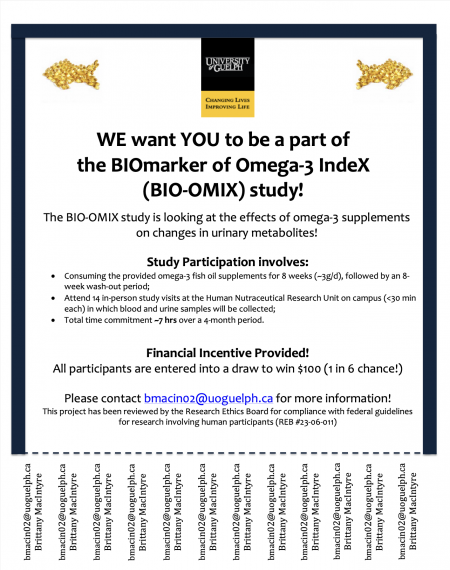
Please contact Brittany MacIntyre if you are interested in learning more, at bmacin02@uoguelph.ca.

Transparency is a universal concept that is important in many settings, including research reporting.
Transparent research reporting is critically important for all types of research reports, including nutrition research-related articles published in academic journals (“The strengthening the reporting,” 2021).

Obesity and Type 2 Diabetes are rapidly increasing public health concerns that decrease quality of life and burden the healthcare system. To combat these ramifications, researchers are exploring dietary strategies to reduce the risk and manage metabolic diseases. One dietary strategy is finding ways to lessen blood sugar levels after eating a meal.
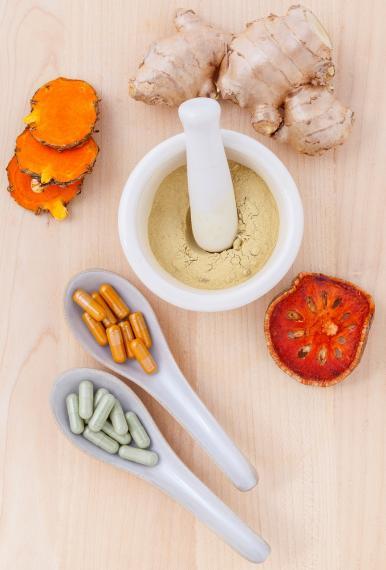
A lot has been written in recent months about possible adjunct therapies to prevent and treat the novel COVID-19 disease. The SARS-CoV-2 pandemic has initiated a surge of innovative research aiming to reduce the impact of COVID-19 through vaccine development, investigating the virus itself, and studying how specific compounds, like nutrients, impact the disease. Although no consensus exists as to how individual nutrients influence COVID-19, researchers can build on existing evidence of how nutrients impact other acute respiratory diseases.
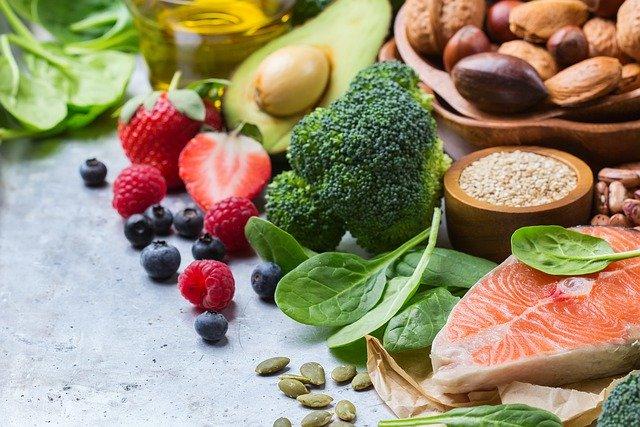
Words like “immune system” or “immunity” have been appearing more often in the news with their relevance to the novel disease COVID-19, but how is the immune system relevant for staying healthy? And how can nutrition influence your immunity? The immune system is critical in preventing foreign and harmful substances, or pathogens, from causing infection (Calder, 2020).

An inulin-supplemented yogurt was evaluated for its ability to effect satiety. In this randomised double-blind controlled crossover trial of nineteen healthy females, 6 g of inulin was added to 100 g of vanilla yogurt and consumed repeatedly for 8 days. Inulin is a water soluble, non-digestible carbohydrate, commonly used to enrich food products with dietary fibre. Due to the satiety-inducing effects of dietary fibre and the limited research on the independent effects of inulin on satiety, this study sought to elucidate the impact of inulin on satiety and subsequent energy consumption.
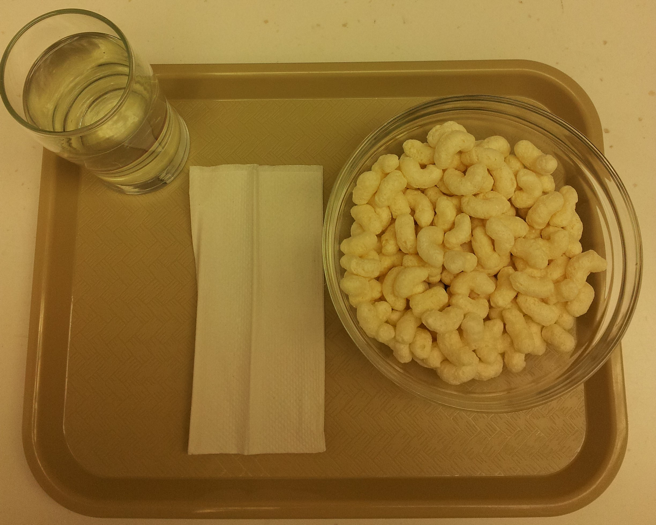
Consuming more plant-based foods is an important approach to preventing and managing the onset of nutrition-linked chronic diseases. Millet is a plant-based cereal that is a good source of calcium, iron, and dietary fibre, and has a better fat, protein, vitamin, and energy density composition than maize, sorghum, and wheat. A unique study done in the Human Nutraceutical Research Unit (HNRU) at the University of Guelph in 2017 explored the glycaemic response of different forms of millet familiar to the North American diet to further understand its health benefits (McSweeney et al., 2017).

More than a decade of research and collaboration culminated in a recent University of Guelph study that spanned multiple disciplines. Researchers from various departments, ranging from Plant Agriculture to Human Health and Nutritional Sciences, worked together to study the effects of spearmint tea on osteoarthritis.
Purple wheat is not only eye catching, but it also provides potential for providing added nutrients and health benefits. It is a highly pigmented grain, providing a source of two phytochemicals, anthocyanin and phenolic acid. Each of these add to the nutrient content seen in whole wheat grains, which is a dietary staple in many lifestyles. A recent research study in the HNRU at the University of Guelph looked at these phytochemicals and whether they are absorbed by the body after consuming purple wheat products.